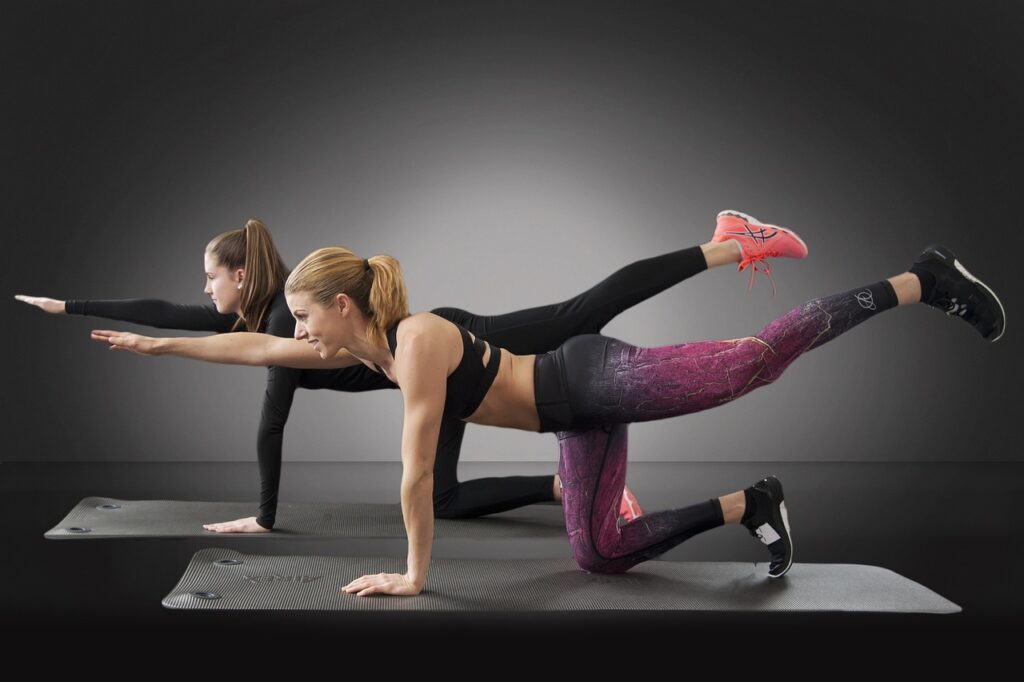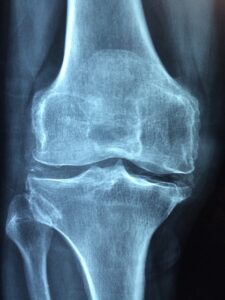Welcome to our blog, where we dive into the fascinating realm of fitness and health! Today, we embark on a journey to explore two prominent forms of exercise – isometric exercise and cardio – and their potential impact on a critical aspect of our well-being: blood pressure.
Maintaining optimal blood pressure is crucial for overall cardiovascular health, as high blood pressure, or hypertension, can significantly increase the risk of heart disease, stroke, and other health complications. As health-conscious individuals, we often wonder which exercise approach offers the best results in lowering blood pressure.
In this article, we’ll delve into the world of isometric exercise and cardio workouts, shedding light on their distinctive mechanisms, benefits, and potential effects on blood pressure levels. By understanding the science behind these exercise forms, you’ll be better equipped to make informed decisions about your fitness routine and take proactive steps toward enhancing your cardiovascular health.
Join us as we uncover the power of exercise in the pursuit of lower blood pressure and a healthier, more vibrant life!

Prioritize Safety: Always Consult Your Doctor Before Starting a New Exercise Program, and Immediately Stop if You Experience Pain.
When it comes to improving health, exercise has always been a key player, offering a plethora of benefits. However, a groundbreaking new study sheds light on a specific exercise form that might be a game-changer for individuals with hypertension.
Researchers conducted a comprehensive study comparing the effects of various exercise methods, including traditional aerobic workouts, dynamic resistance training, combined exercises, high-intensity interval training (HIIT), and isometric exercises, on blood pressure levels. While all the exercise types showed potential in reducing blood pressure, one particular form emerged as a clear winner. Isometric training stole the spotlight for its impressive results in helping manage hypertension effectively.
Wall sits and other isometric exercises have been found to have a positive impact on blood pressure levels.

Isometric exercise is a unique form of physical activity that involves activating and tensing a muscle without causing any movement in the surrounding joints. This is accomplished by exerting force against an immovable object or resisting a fixed force, such as pushing against a wall, a partner, or a specialized device. Alternatively, isometric weightlifting can also be performed by holding a static position where the muscle remains contracted and under tension without any joint motion. This distinctive type of exercise offers a range of benefits and is worth exploring as part of a comprehensive fitness routine.
Isometric exercises, often referred to as “static” exercises, engage muscles without involving any movement, relying solely on applied pressure to activate and challenge the relevant muscle groups.
A classic example of isometric exercise is the wall sit, where you slowly descend into a squat position, pressing your back against a wall, and holding the posture to generate tension in the targeted muscles before returning to the starting position.
Other popular isometric exercises include:
- Planks and side planks: Maintaining a push-up position with extended arms or on your side, respectively, engaging the core and stabilizing muscles.
- Calf raises and holds: Standing on your toes and holding the position to activate the calf muscles.
- Low squat holds: Holding a squat position at or near the lowest point, engaging the leg muscles and promoting strength and endurance.
- Overhead holds: Holding an object, such as a dumbbell or barbell, overhead to challenge the shoulders and upper body.
- V-sits: Balancing on your sitting bones with legs extended and core engaged to work the abdominal muscles.
- Glute bridges: Lying on your back with knees bent, lifting your hips to create a straight line from shoulders to knees, targeting the glutes and core.
For individuals with high blood pressure, isometric training may come with certain risks and considerations worth noting.

When engaging in isometric exercises, such as wall sits, planks, and other static muscle contractions, there is a temporary rise in blood pressure during the exercise itself. This is due to the increased tension placed on the muscles, leading to higher pressure on the blood vessels. For most people, this temporary increase is not a concern and can even contribute to the beneficial effects of post-exercise hypotension, where blood pressure decreases after exercise.
However, for those with hypertension, the temporary spike in blood pressure during isometric exercises may be more significant and potentially problematic. It could lead to a strain on the cardiovascular system and cause discomfort or adverse reactions.
Therefore, if you have high blood pressure or any cardiovascular condition, it is crucial to consult your healthcare provider before starting an isometric training program or any new exercise regimen. Your doctor can provide personalized guidance, recommend appropriate exercises, and ensure that your workout routine aligns with your specific health needs and limitations. Additionally, they may suggest modifications to reduce the risk of excessive blood pressure spikes during exercise, or recommend alternative forms of exercise that may be more suitable for your condition. Prioritizing safety and seeking professional advice will help you make informed decisions and reap the benefits of exercise while managing any potential risks.
In conclusion, both isometric exercise and cardio workouts have demonstrated effectiveness in lowering blood pressure, but they work through different mechanisms and offer distinct benefits.
Isometric exercises, such as wall sits, planks, and static muscle contractions, can lead to a temporary increase in blood pressure during the exercise itself. However, they may contribute to post-exercise hypotension, resulting in a reduction in blood pressure after the workout. While isometric exercises can offer immediate benefits, their effects are relatively short-lived.
On the other hand, cardio exercises, like running, swimming, or cycling, improve cardiovascular health and endurance over time. Regular aerobic workouts promote long-term reductions in resting blood pressure and support overall cardiovascular function.
For optimal blood pressure management, a balanced approach is often recommended. Incorporating both isometric exercises (for immediate post-exercise hypotension) and regular cardio workouts (for sustained blood pressure improvements) into your fitness routine can provide a well-rounded strategy.
However, it is essential to consider individual health conditions and seek advice from a healthcare professional before beginning any exercise program, especially if you have hypertension or other cardiovascular concerns. Working with a healthcare provider will ensure that you choose the most suitable exercises and workout plan tailored to your specific needs, helping you achieve better blood pressure control and overall well-being.



